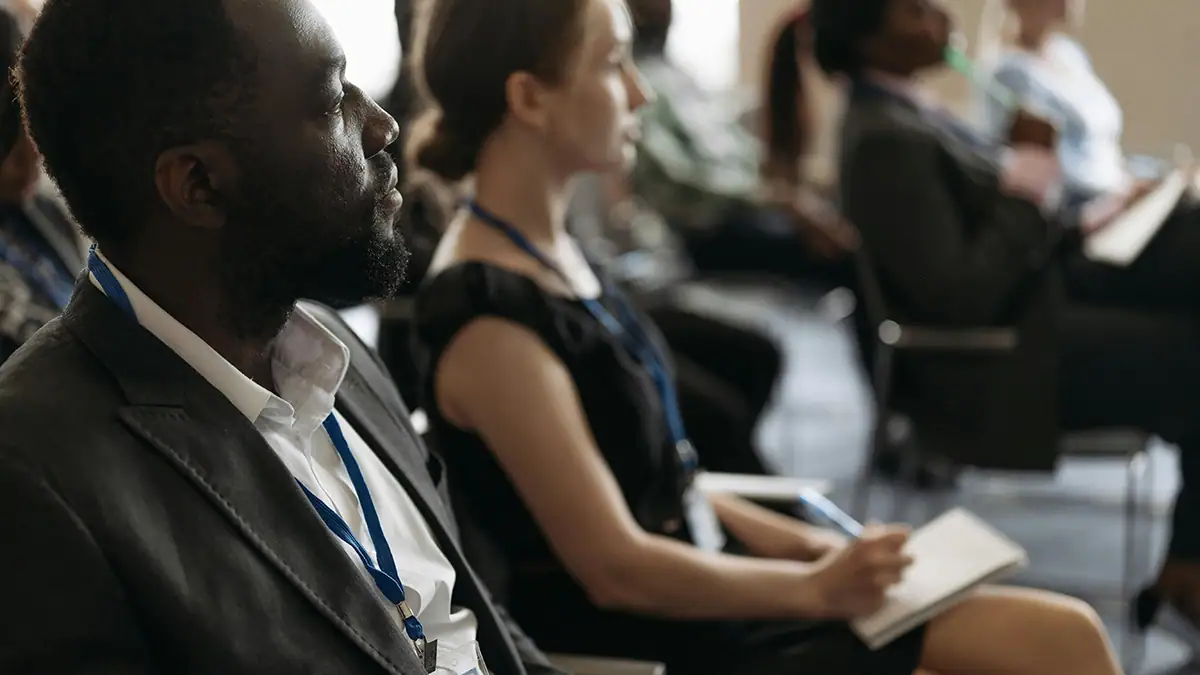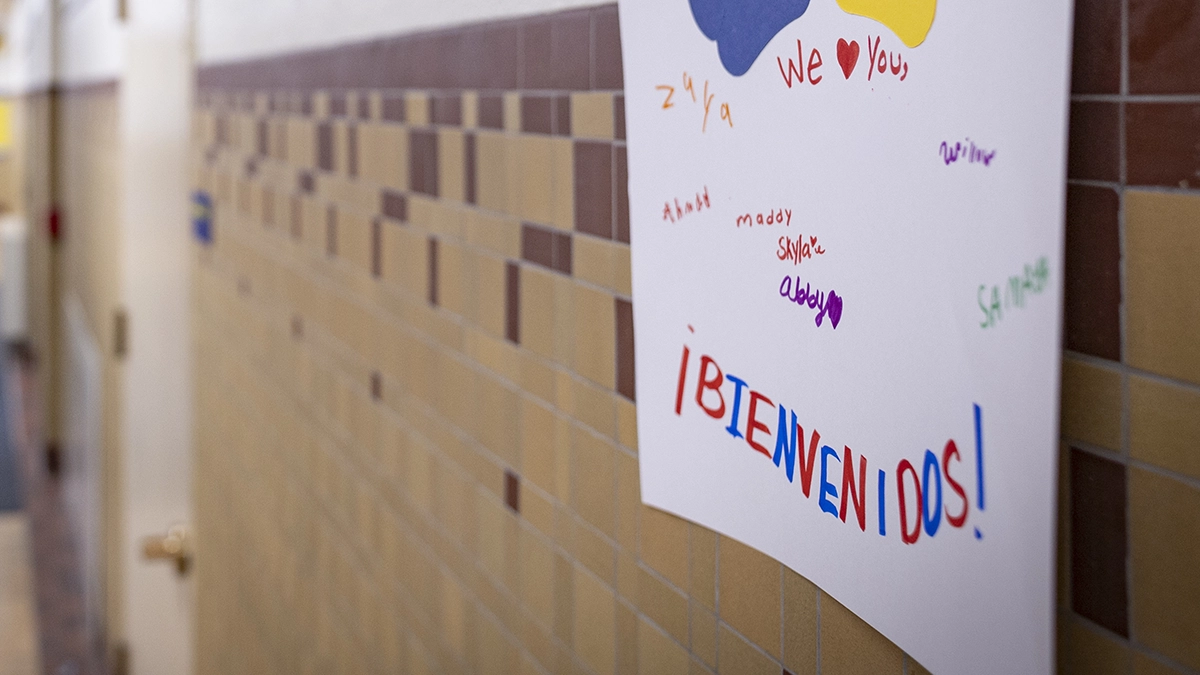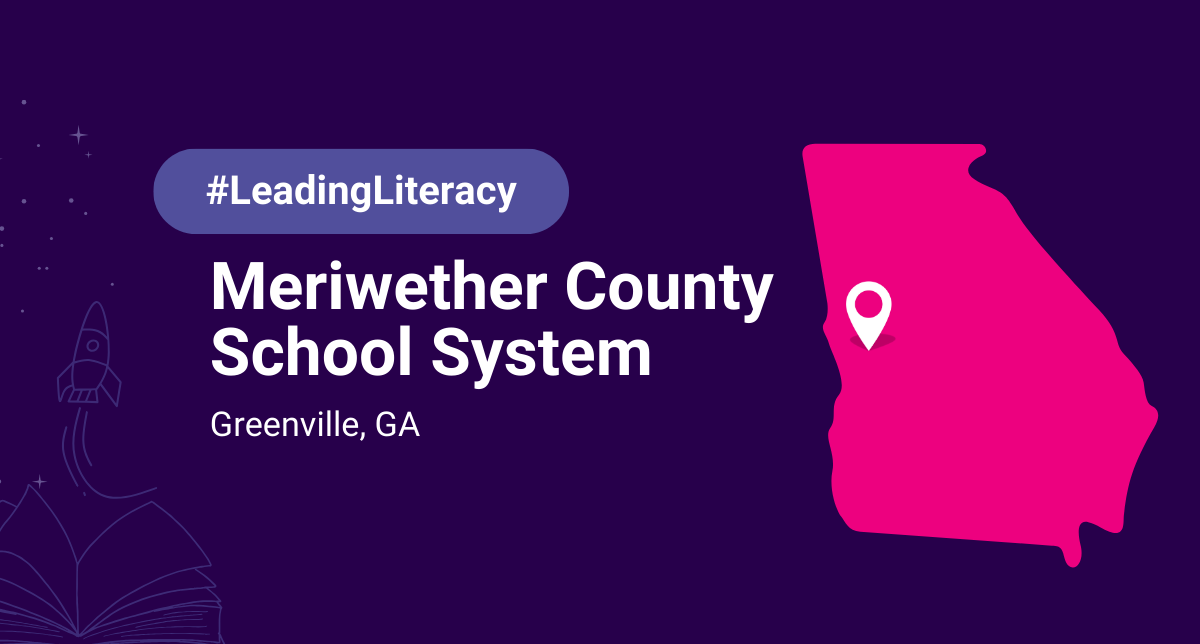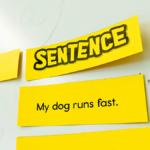As a district leader, you know that educators at every level are in the middle of a historic shift. Schools across the U.S. are reshaping how they teach kids to read, adopting structured literacy practices, and devoting time and resources to Science of Reading professional development.
This change is the result of decades of research about how kids actually learn to read. But just because it’s necessary doesn’t mean it’s easy.
Many teachers have spent years using a balanced literacy approach in their classrooms, employing the very methods they learned in their teacher prep programs, and suddenly they’re being asked to let go of those familiar strategies, materials, and routines.
Not only will it feel unfamiliar, it might even seem a little accusatory — like being told you’re supposed to pour the milk before the cereal when you’ve been trained to do it the opposite way this whole time!
Providing ample opportunities to take advantage of Science of Reading professional development is an important part of supporting your instructional staff — and depending on your state, it may even be mandated.
It’s also not enough.
Supporting your teachers through this massive change means going the extra mile to lead with empathy, curiosity, and care.
Here’s how you do both, plus some free and low-cost resources for Science of Reading professional development that will help your instructional staff feel more confident as your district makes this change.
How to Support Teachers Adopting The Science of Reading
Imagine learning how to swim. Someone can sit you down and explain the concept of floating, how to hold your breath, and how you use your arms and legs to propel yourself through the water.
But that how-to alone likely won’t be enough to keep you afloat once you jump into a pool. It’s better to have an instructor modeling the moves, a lifeguard to keep you safe, and maybe even a flotation device for extra support, just in case.
It’s the same with transitioning to structured literacy instruction. In this case, it’s the Science of Reading professional development that covers the basics, but if you want teachers to truly feel confident and supported, you have to think beyond PD. Here’s how to round out your approach.
1. Lead With The “Why”
Start the conversation with the “why” behind the change — it’s not just so your district can say they’re following the Science of Reading. It’s because this method of teaching reading is backed by research about how students actually learn how to read.
One helpful way to explain it might be: “This shift helps us ensure that no student slips through the cracks. It makes reading accessible to every student, not just the ones who can ‘catch on’ quickly.”
At the same time, actively acknowledge that teachers who have been using a balanced literacy approach were not “wrong.”
There’s no room for blame or shame here; they were doing exactly what they were trained to do. Position the changes as an opportunity to build on their expertise.
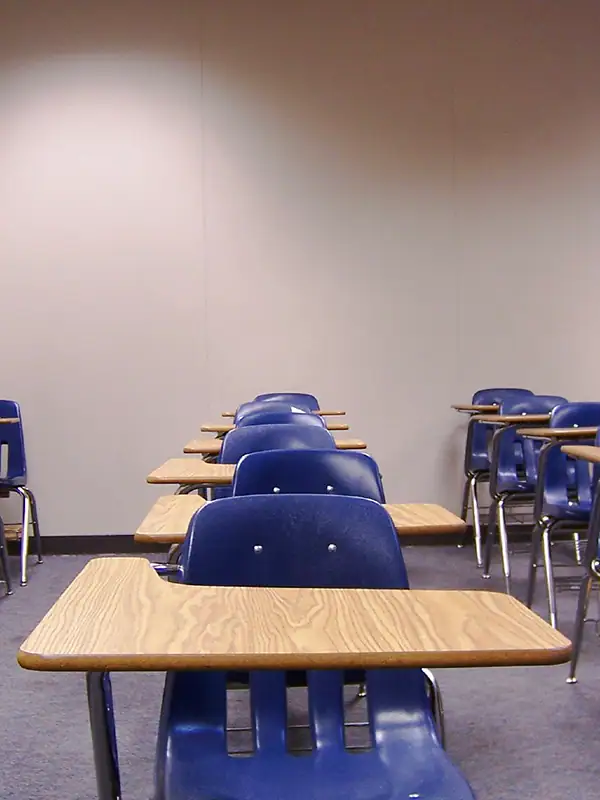
Training Gap
The majority of teacher training programs in America are facing a major overhaul of their own instruction to better prepare teachers for the classroom. A review by the National Council for Teacher Quality conducted in 2023 found only 25 percent of teacher training programs adequately covered all five core components of scientifically based reading instruction. Another 25 percent of programs did not adequately cover even a single component.
2. Acknowledge the Emotional Impact of Change
As an educator, you know just how personal this is. Your teachers put their hearts and souls into their jobs, so when you ask them to change something, it’s more complicated than just making a technical shift. It can feel like a full-on professional identity crisis.
“It’s harder than you’d think to get everyone in a room to agree on what’s strong teaching because a lot of us didn’t grow up in the Science of Reading and don’t necessarily have a shared, granular, common vision of what it is we should see when we walk into a strong first grade classroom,” says Carolyn Wooster, Ed.D., an instructional specialist for elementary literacy in Alexandria City Public Schools in Virginia.
Working with both teachers and district leaders, Wooster says she spends a lot of her time “galvanizing our teams around that vision, listening carefully to teachers and finding ways to find those themes in ways that fit in a coherent framework for our leadership team.”
Taking a page out of Wooster’s book and taking the time to listen to and really try to understand what their concerns are about implementing changes can make a huge difference.
- Begin with empathy interviews. — “What might make this change challenging for you?”
- Use strengths-based language. — Instead of “We need to fix X,” try, “We can build on your expertise in X to expand into Y.”
- Model vulnerability. — The Science of Reading isn’t just new to teachers. In many districts, it’s a new approach to educators at every level, including leadership. Don’t be afraid to admit that you’re also going into uncharted waters. “I know change is hard. I’m learning alongside you, and together we’ll figure this out.”
- Highlight professional identity. — “Part of being a strong professional is evolving with new research and practices. This is an opportunity to deepen your impact.”
The teachers who are the most vocal about their concerns are the most crucial to get on board. Address their concerns as you move forward, and communicate about specific ways you can make them feel supported.
3. Invest In High-Quality Materials and Professional Development
If you want teachers to deliver explicit instruction to students, they need the tools to make it happen.
That means investing in:
- A high-quality Tier 1 reading curriculum
- Evidence-based interventions
- Decodable texts
- Assessments (and how to use them)
- Specific examples of how to support different learners
Last but not least, provide guidance that clarifies what teachers must do vs. what’s nice for them to do. This change requires a lot from teachers, and it’s helpful to clearly communicate the expectations.
Fewer than one in four teachers say they’re “very satisfied” with their school’s literacy-building curricula and other resources.

4. Provide Opportunities For Safe Practice and Growth
From the beginning, acknowledge that there will be a learning curve for everyone and teachers will be supported along the way. Let teachers know, “We’re all in this together, and we will all grow together.”
Don’t just issue mandates; be in the weeds with your teachers.
- Offer regular feedback.
- Provide a safe space to learn and ask questions.
- Provide mentors and coaches.
- Play a role in designing and planning lessons.
- Problem-solve along with teachers.
- Celebrate small wins along the way.
You can also be an advocate for teachers by sharing early wins with top leadership, including the percentage of teachers trained, feedback on the resources provided, and initial observations. Be sure to update other members of leadership with new insights and student data as teachers conquer each challenge.
5. Meet Resistance With an Open Mind
Not every teacher will be on board with these changes right away, and there are legitimate reasons for this. They might be resistant because their data historically has been positive, and they don’t see the need for a shift. Alternatively, they might be worried about limited resources or being stranded without adequate support.
It’s important to get these teachers on your bus, so to speak. Don’t avoid them, engage them.
- Provide the data they need to understand each change.
- Reassure them that they’ll have resources available to them.
- Invite them to explore what happens as your district tries this new approach. For example, they might track a student who is struggling to decode and observe the changes that occur with Science of Reading-based strategies.
Science of Reading Professional Development Resources
Moving from balanced literacy to instruction that aligns with the Science of Reading isn’t as easy as just swapping out a few lesson plans. It’s a fundamental shift in how teachers understand and perform literacy instruction.
In a 2025 survey of nearly 800 teachers, just 8 percent said they’d learned Science of Reading-aligned practices in college.

So it stands to reason that your teachers will need more than just professional development around new curricula. Many will need — and even want — PD that’s both comprehensive and ongoing to broaden their abilities to help their students learn to read.
Here are some free and low-cost professional development resources to share with your team:
- Free demonstration lesson videos from The Goyen Foundation
- Free guide for educators on how to teach phonemic awareness
- Free training in the Logic of English
- Structured literacy training from Cox Campus (free for members)
- International Dyslexia Association Structured Literacy Training Guide
For the smoothest transition, it’s important to build teachers’ knowledge with high-quality professional learning that breaks down Science of Reading research over an extended period of time.
Start small with one or two core practices to shift — for example, stopping the use of three-cueing or implementing 30-minutes of explicit instruction in the literacy block — and focus your coaching support on those practices specifically.
This won’t be an overnight change, and that’s OK. In fact, it’s normal for districts to spend two to three years fully integrating Science of Reading practices.
Bottom Line
We know that the Science of Reading is the most effective and equitable way we currently have for students to learn how to read. But, without teachers, all of that research is just a pile of books and papers. Teachers are the ones who do the hard work of taking the science and turning it into action that helps students thrive.
Ultimately, you want teachers to be as closely involved in this transition as possible. That means honoring their trust, respecting their expertise, and showing them that you’re ready to stand behind them every step of the way.
Emily White contributed to the writing of this article.
Desk image via Bahugala/Flickr
